by Wallace Wyss –
Granted, convertibles have their adherents but what do you call it when you go half way? Still have a solid bit of metal over your head? And not have to worry if the top motor won’t erect (or retract) the ragtop. I don’t know what you call it, I say half top but Jaguar called it the XJS-C (or XJ-SC). Some call it a cabriolet.
And truth be told Triumph had it first in the ’70-’78 Triumph Stag which was called a Convertible Coupe. He didn’t have his name on it but that Triumph was designed by Michelotti in Italy. So that makes it real international–body design in England, roof design in Italy, conversion from coupe to convertible in the USA.
Jaguar started building their XJS coupe in 1975 as the long-awaited successor to the legendary E-Type. It was also the last Jaguar model styled (or at least aerodynamically refined) by renowned aerodynamicist Malcolm Sayer who had shaped the D-type and E-type. Made through 1996, the XJ-S (later redesignated XJS) was the longest running model line in Jaguar history.
While the XJ-S was already costly, Yanks wanted open air luxury so Jag selected American coachbuilding firm Hess & Eisenhardt (who had built US Presidential limousines) to make a frame on a limited-production Cabriolet version. Using the basic architecture of the XJ-S bodyshell, Hess & Eisenhardt modified the B and C-Pillars and replaced the rear window with a fold-down soft-top. And then a nod to the Porsche targa, had a targa-style removable panel for the roof.
According to the Jaguar Daimler Heritage Trust, the XJ-S Cabriolet was offered in both 5.3L V12 and 3.6L 6-cylinder versions. It originally came with a six–the all-new 3.6-liter 24-valve AJ6. The V12’s with its power output of 291 bhp (for the 1983-on HE model) was more than the AJ6’s initial 221 bhp but some were intimated by the V12.
The XJS cabriolet was launched in six-cylinder mode, although Jaguar did belatedly announce a V12 version in 1985. It’s a tough choice—the six is a less complicated engine but after all a V12 is a legendary engine configuration (like many Ferraris) so you have to think it will keep its value more as a V12 than a straight six.
Most XJS V12s come with automatic transmission, with the design by, guess who, GM! Eventually the smooth three-speed GM400 unit was replaced by a four-speed automatic version in 1993. However, the AJ6-engined models started off with a Getrag 265 five-speed manual transmission, so that makes a sporty ombination—open top and manual shift. But in 1987 that was replaced by an optional ZF 4HP22 four-speed automatic.
Only 1,510 V12 Cabriolets were built the last model year in 1987 of approximately 5013 XJ-SCs sold worldwide. It’s a handsome conservative belt-plus-suspenders open car whose elegance in my humble opinion can’t be equaled by a fully open car.
I note that Mecum is selling a nice ’86 XJ-SC at their Glendale AZ auction in March. Theirs is Antelope with Biscuit leather offset by the burl walnut interior trim. Now if they could guarantee I could drive it, roof panel off, rear window down, straight off the stage to a weekend in the red mountains of Sedona, I’d be tempted…
Let us know what you think in the Comments.
THE AUTHOR Wallace Wyss is the co-host of Autotalk, a radio show on cars broadcast each week from KUCR FM radio in Riverside, CA
Photos compliments of Mecum.
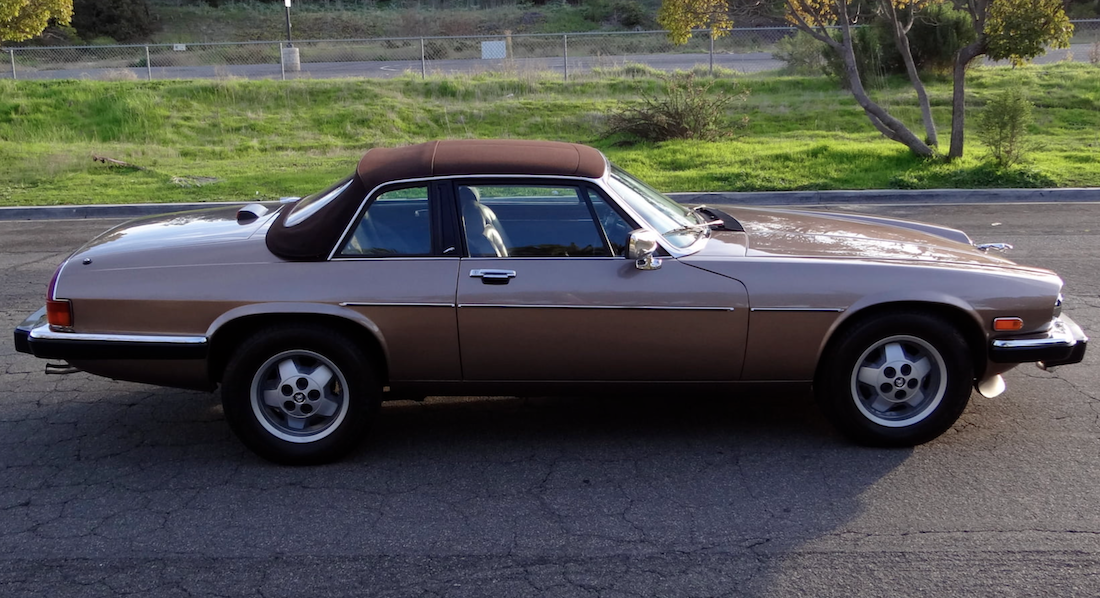
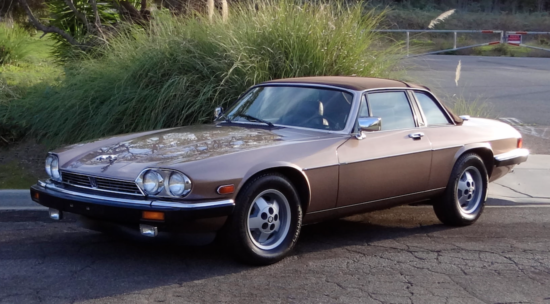
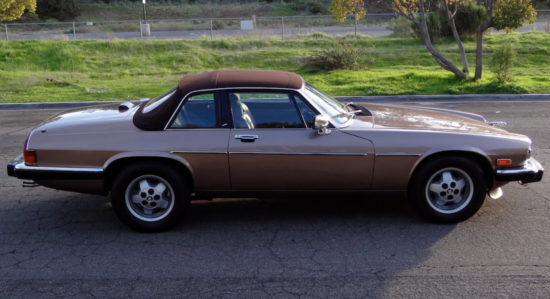
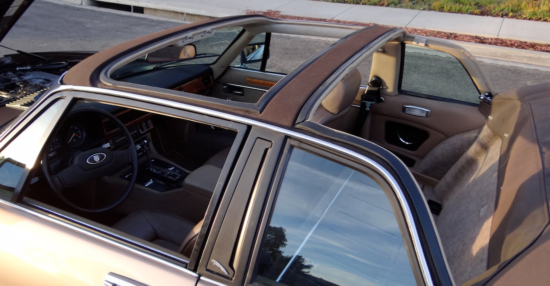
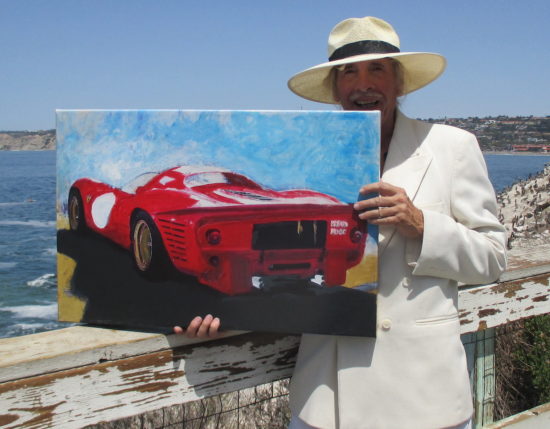
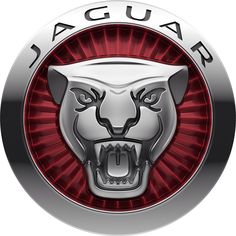
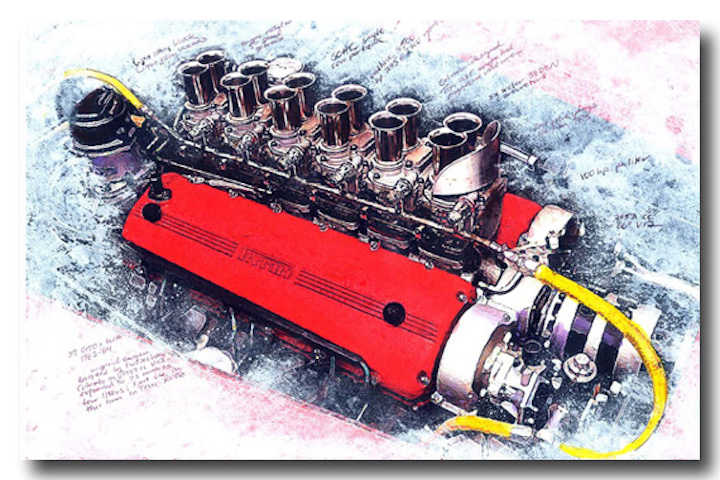

“Now if they could guarantee I could drive it, roof panel off, rear window down, straight off the stage to a weekend in the red mountains of Sedona, I’d be tempted…”
Save your money. With the influx of Californians to Arizona, you can walk Oak Creek Canyon faster than you can drive through Sedona.
The XJS initially, to my mind, was not the best replacement for the E-Type. While a good looking car in a lot of respects, it was not a sports car so much as a boulevard cruiser/GT car. The car continued to be improved over the years and the XJ-SC was a step in the right direction. When the full convertible was initially offered, which was the ultimate version in my mind, they were also initially converted by Hess & Eisenhardt before the production of the convertible was brought in house by Jaguar itself. The values of the XJS cars continues to increase and the V-12 version is the one to have!